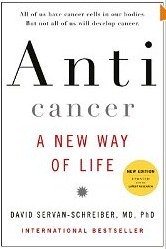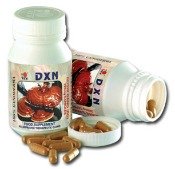What Causes Leukemia Cancer
What causes leukemia cells to proliferate in your blood? Doctors as well as experts believe that although your genes can be one of the major factors for the cancer, some things are known to increase your risk for leukemic cells.
These include human viruses, exposure to cigarette smoking and treatments like chemo and radiation therapies.
1. Viruses
There are many human viruses that can cause different types of cancer. Human T-Lymphotrophic Virus-1 or HTLV-1 is one type that causes leukemic cells particularly the acute T-cell type. This cancer is common in many parts of Caribbean and Asia.
Exposure to animal viruses is also strongly linked to a higher risk for it. In fact, a higher incidence of acute T-cell type cases is found among butchers, veterinary practitioners and workers in slaughterhouse.
2. Smoking
Yes, you read that right. Smoking does not only cause lung cancer. The 3 deadly chemicals known as . . .
- benzene,
- polycyclic aromatic hydrocarbons or PAHs, and
- polonium-210
. . . are in the tobacco smoke you inhale. These chemicals are all strongly linked as causes of leukemic cells, particularly the AML type.
Your lungs take in these cancer-causing substances when you are exposed to tobacco smoke. These chemicals travel far and wide in your bloodstream.
Exposure to these cancer-causing agents decreases the amount of your healthy white blood cells by damaging them.
A Scary Fact!
Secondhand smoke has 15 times more benzene, PAHs and polonium-210.
Babies and children who live with adults who smoke are in danger of pediatric leukemic cancer.
3. Radiation
Frequent and high doses of radiation are causes of leukemia, especially the chronic myeloid or myelogenous leukemia (CML).
A secondary cancer is one of the side effects of exposure to radiation.
In fact, it is common among people who undergo radiation therapy to treat a solid tumor to develop a secondary cancer like chronic myeloid leukemia after their therapy.
Prevention of a secondary cancer is the reason why a patient who undergoes radiation therapy as treatment is routinely tested for red blood count.
4. Chemotherapy
Substances used in chemotherapy such as. . .
- procarbazine,
- chlorambucil,
- etoposide,
- mechlorethamine,
- teniposide, and
- cyclophosphamide
. . . greatly increase a cancer patient’s chance to develop leukemia as one of its side effects.
What's worse is the risk goes up even higher when chemotherapy and radiation therapy are combined. All it takes is 2 years for leukemia to surface as one of the harmful effects of these types of treatment.
5. Other medical therapies
It is ironic that some medical treatments can lead to development of leukemic cells. The following show a strong link to what causes leukema:
- Chloramphenicol,
- Phenylbutazone,
- Growth hormones, and
- Organ transplant.
Another one of the interesting facts: There are people who are exposed to these risk factors but don't develop leukemic cells and there are those who are diagnosed with the disease that don't have any known risk factors.
What does this tell us? A healthy immune system makes all the difference and what causes leukemia becomes less challenging when you know you're inner defense mechanism is able to protect you.
Related Pages You Might Like:
ALL in Children | Leukemia Types: Chronic and Acute | Understanding CLL Disease | Leukemia Symptoms | Causes of Chronic Lymphatic Leukemia | Warning Signs of Leukemia
Cancer Prevention Home > Leukemia Facts > Risk Factors
Images Copyright (c) 123RF Stock Photo
This site is currently undergoing an upgrade and improvement. Please bear with me.
Ganoderma Extract Supplements


Anticancer, A New Way of Life, New Edition



